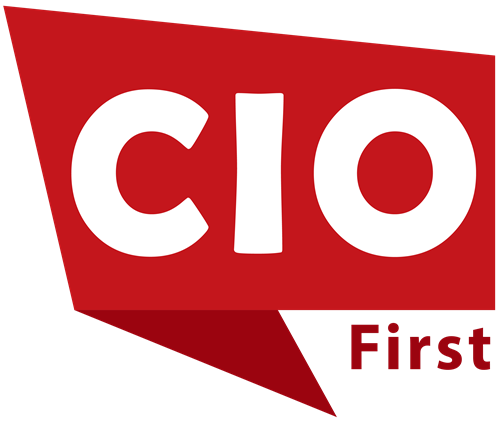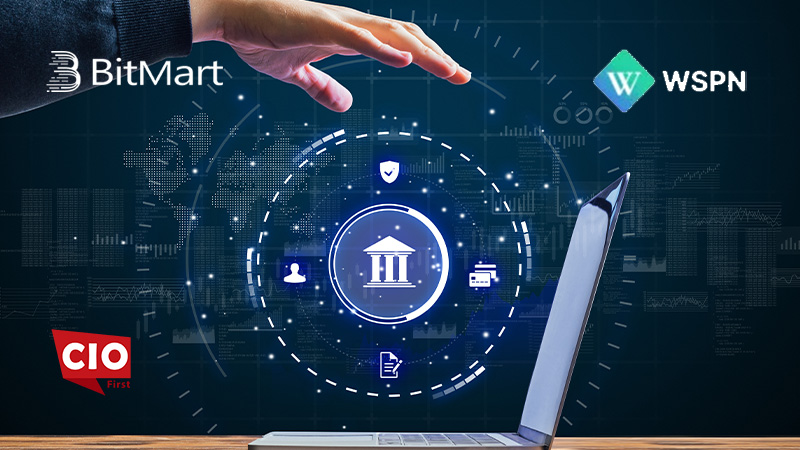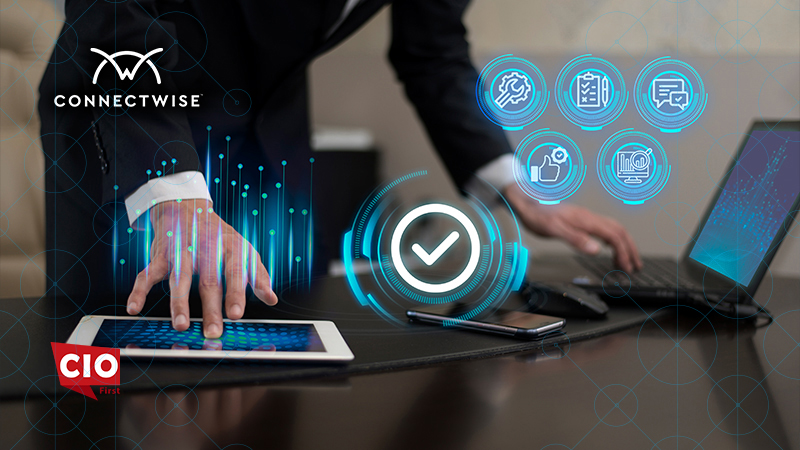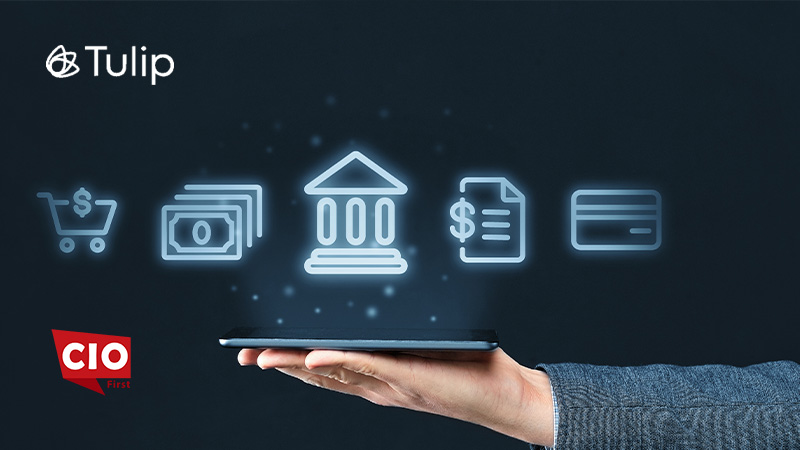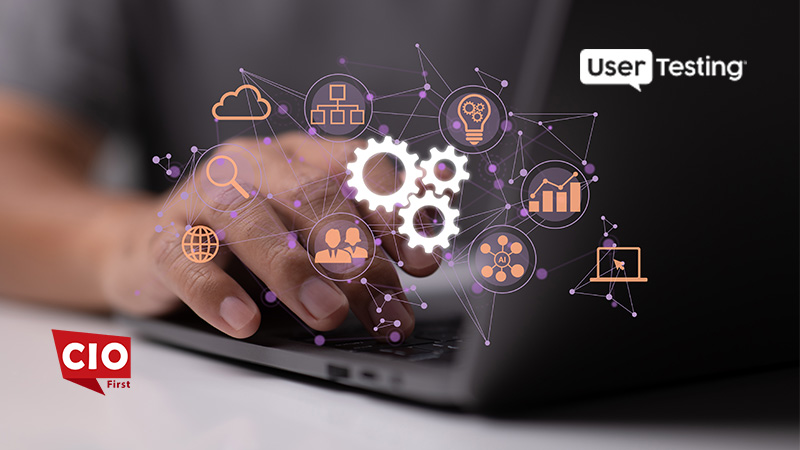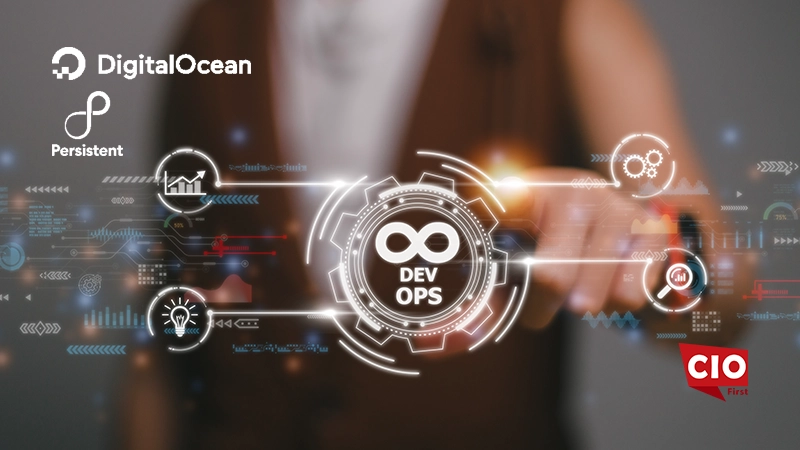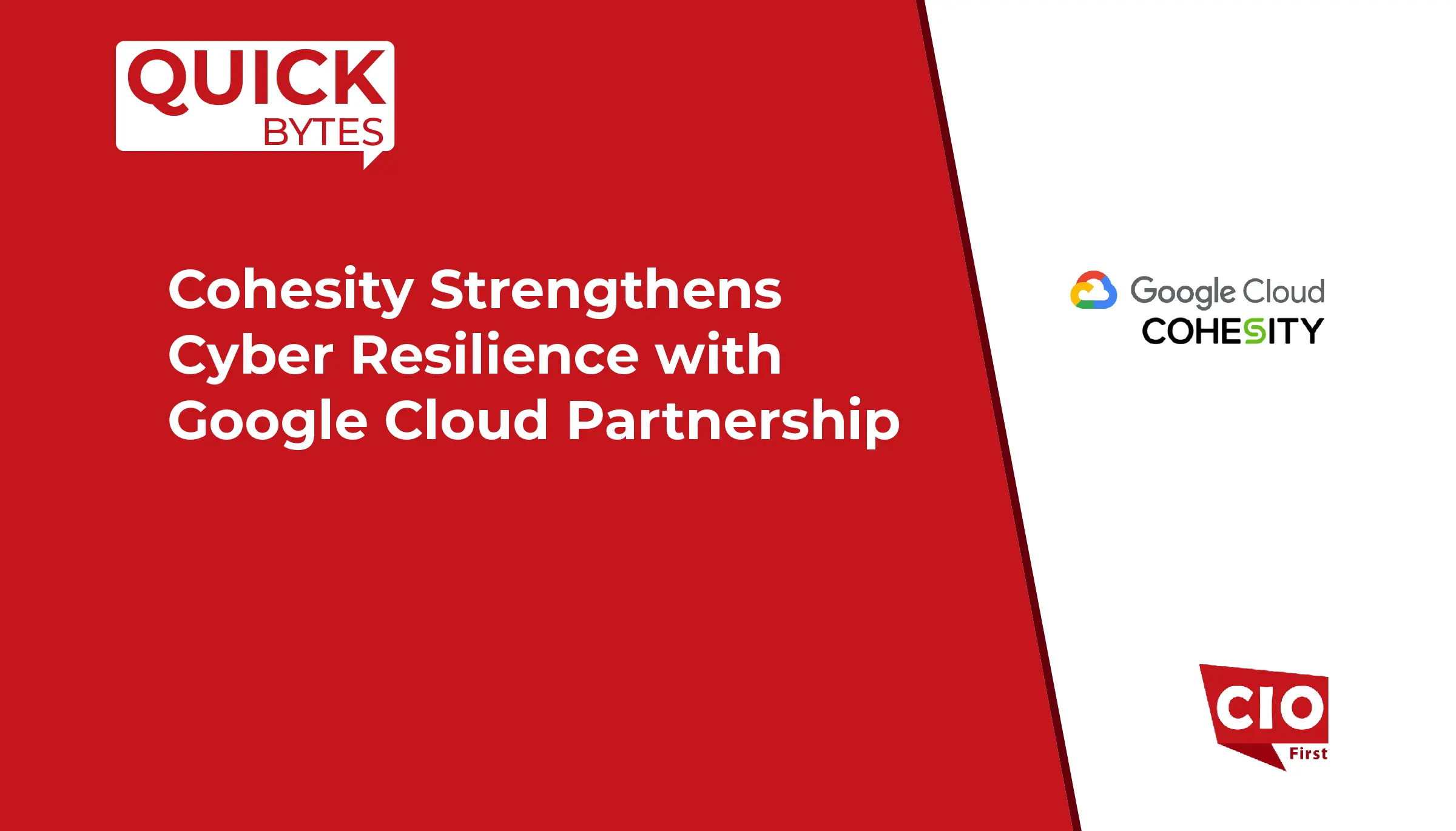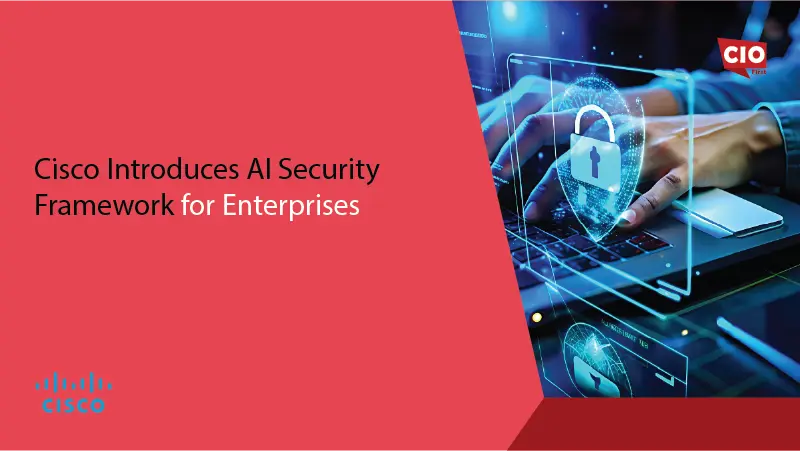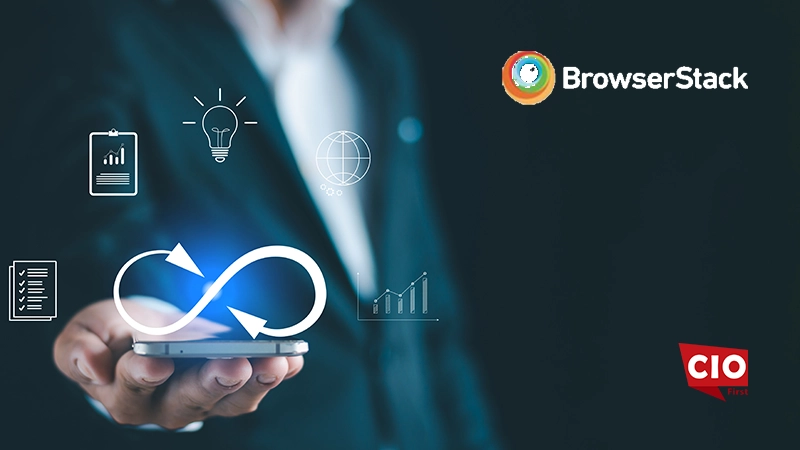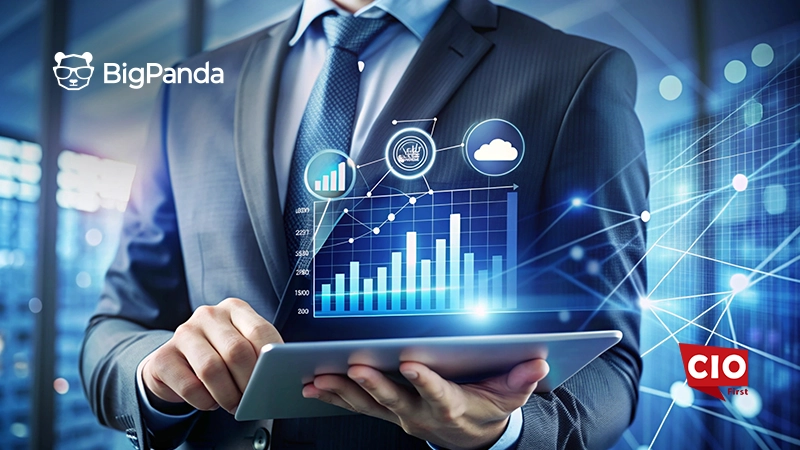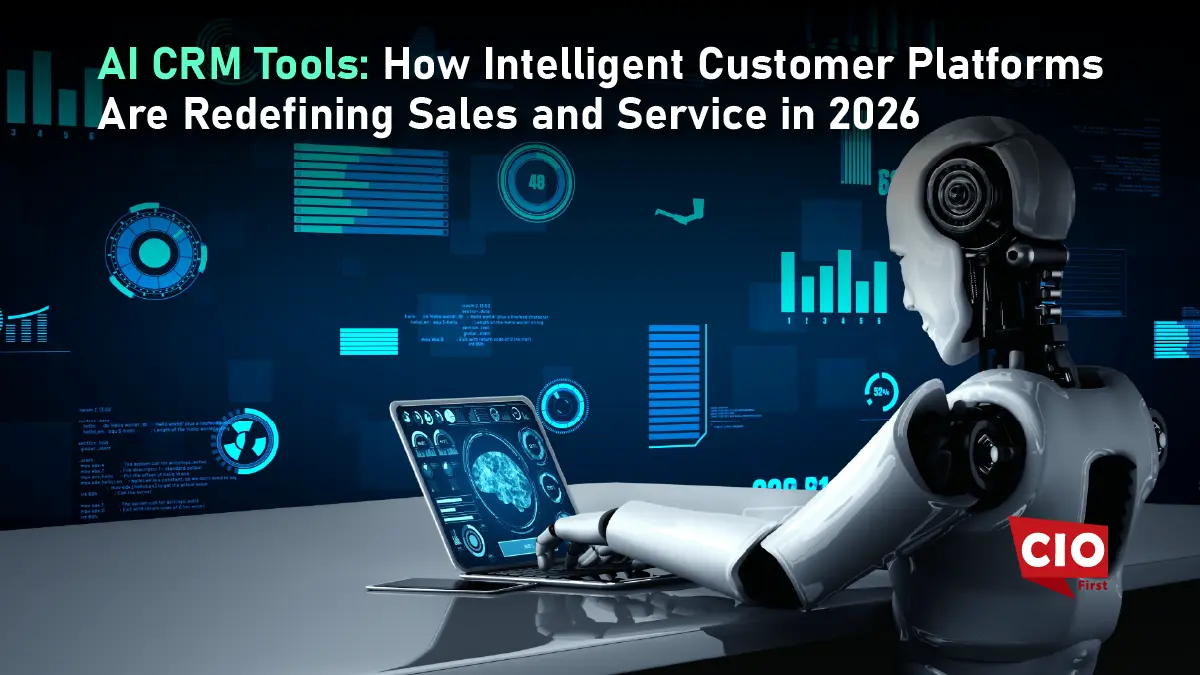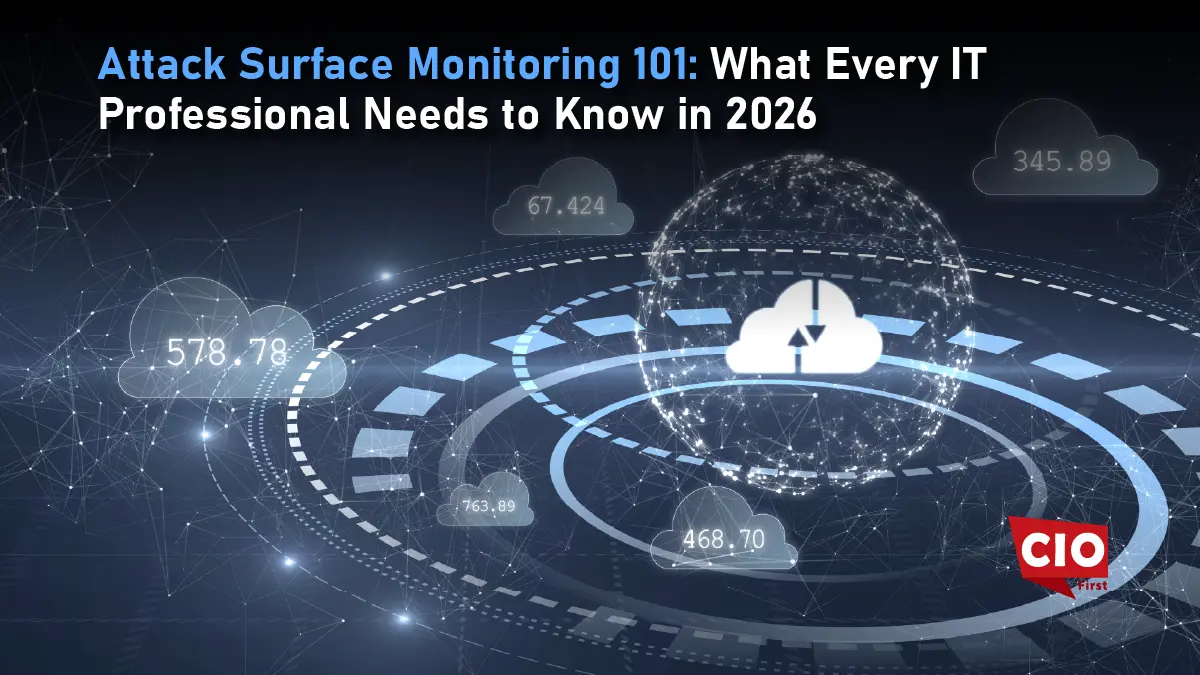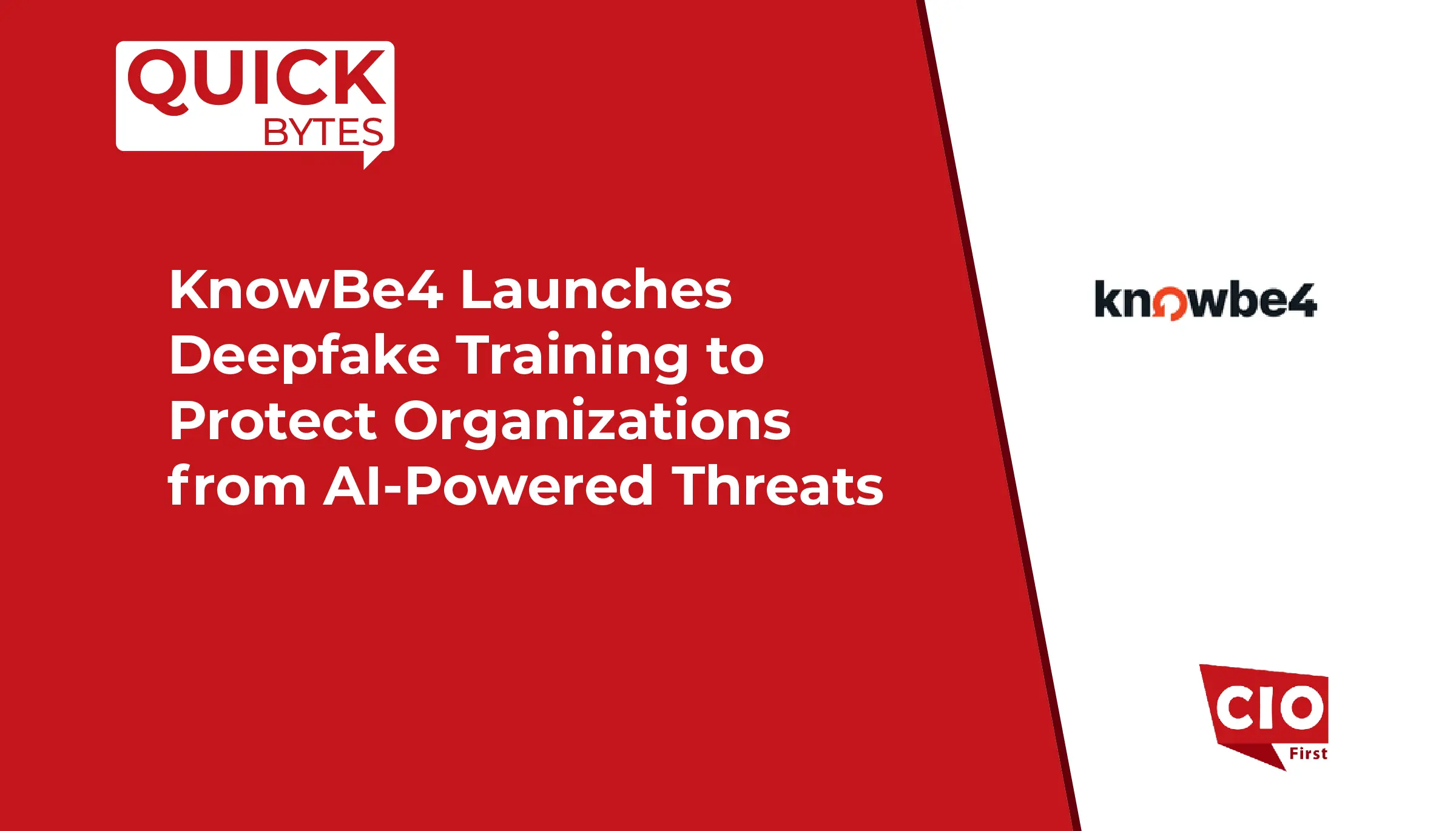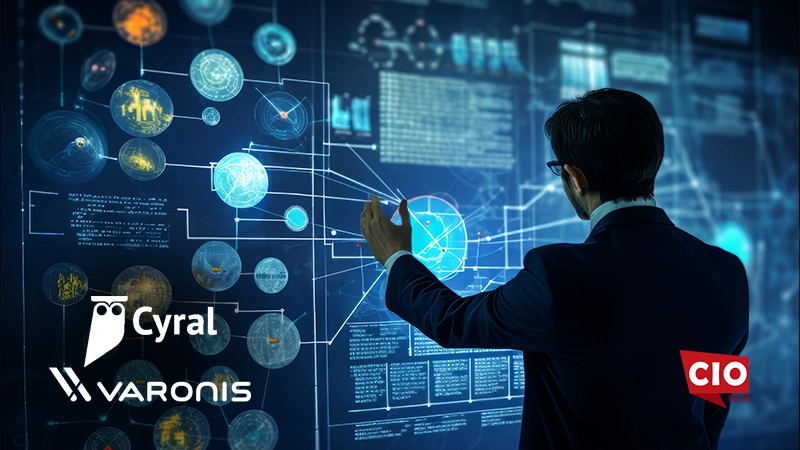CIOs need technologies that improve efficiency and lead to success in today’s tough business world. They want tools that create real value and improve operations. Digital twins bring a lot of value beyond the factory floor. According to study by McKinsey & Company in 2022, digital-twin technologies can drive a revenue increase of up to 10%, accelerate time to market by as much as 50%, and improve product quality by up to 25%.
They provide current information about product performance, usage, and environmental impact—all in real time. This data helps improve operations, makes customers happier, and drives innovation. CIOs must understand and use this technology. It’s now a key strategy.
What Are Digital Twins, and Why Do They Matter?
A digital twin bridges the physical and digital worlds. It presents the current status, working conditions, and performance of its physical counterpart. Digital twins use IoT sensors, AI, and analytics. They help organizations simulate, predict, and optimize outcomes for a product’s lifecycle.
NASA was the first to use digital twins. They made early versions during the Apollo missions to monitor spacecraft systems. Cloud computing, edge computing, and machine learning have improved digital twins. Powerful technologies have become more accessible. Today, they’re essential for Industry 4.0. They drive innovation across industries, transforming manufacturing, healthcare, energy, and automotive. CIOs appreciate digital twins. They offer valuable insights, lower costs, and speed up product launches. Organizations can build a virtual copy of a product.
Also Read: Beyond Compliance: Why Infrastructure as Code (IaC) Security is a Business Imperative
This lets them test scenarios, find issues, and improve performance. Best of all, they can do this without disrupting physical operations. This capability is very useful in PLM. Each stage—design, development, deployment, and decommissioning—benefits from real-time data and predictive analytics.
Digital Twins in Product Lifecycle Management: A Game-Changer

Product Lifecycle Management helps organizations improve product development, quality, and longevity. Traditionally, PLM has followed a straight path. There was little insight into a product’s performance once it left the factory. Digital twins change the game. They create a constant feedback loop. This lets organizations watch and improve products during their whole lifecycle.
Design and Development
In the design phase, digital twins help engineers make better and more reliable products. Teams can simulate real-world conditions. This lets them test many design iterations online. As a result, they cut down on expensive physical prototypes. General Electric uses digital twins to design jet engines. This helps improve fuel efficiency and performance.
Digital twins unify global teams around a single, shared virtual model. Engineers, designers, and stakeholders work together effortlessly, guaranteeing complete alignment. This eradicates miscommunication, accelerates development, and produces superior final products.
Manufacturing and Production
When a product enters production, digital twins are key for improving manufacturing processes.
Connecting IoT-enabled machines and production lines to a digital twin lets organizations:
- Monitor equipment health
- Predict maintenance needs
- Minimize downtime
Siemens uses digital twins to simulate factory operations. This helps them find bottlenecks and boost efficiency.
Digital twins also support quality control by providing real-time insights into production metrics. If a defect is found, the digital twin can find its cause. Manufacturers can fix problems before they escalate with this solution. They take proactive steps to cut waste. This ensures their products meet top quality standards.
Deployment and Operation
Digital twins offer significant value beyond the factory floor. They offer helpful, real-time data about a product’s performance, how it’s used, and the conditions around it after setup. This valuable information can improve operations, enhance customer satisfaction, and inspire new ideas.
For example, let’s look at wind turbines. Each turbine has a digital twin. This allows operators to track wind speed, temperature, and vibration levels. This data helps with quick maintenance. It lowers the chance of surprise problems and boosts the turbine’s lifespan. In the automotive industry, digital twins are vital. They help monitor vehicle performance, too.
End-of-Life and Sustainability
Sustainability drives business strategy today. Digital twins propel circular economy practices forward. Organizations use data from product digital twins to excel in recycling, refurbishment, and repurposing. This bold approach eliminates waste and unlocks new revenue streams.
Construction companies use digital twins to closely monitor building materials. This helps them ensure materials are reused or recycled when the project is done. A consumer electronics maker can also create products using digital twins. These products will be easier to take apart and recycle. This thoughtful planning helps create a more sustainable future.
The Strategic Value for CIOs
CIOs can use digital twins in PLM to boost digital transformation and achieve real business results. However, realizing this potential requires a strategic approach.
Building the Right Infrastructure
Establish a solid tech foundation to set up digital twins. This foundation requires IoT platforms, cloud computing, and advanced analytics. CIOs must ensure their organizations have the right infrastructure in place.
This infrastructure must process data in real time, from collection to display. It’s all about processing and making sense of data quickly.
Fostering a Data-Driven Culture
Digital twins generate vast amounts of data, but their true value lies in how that data is used. CIOs should lead a data-driven culture. They need to help teams use insights from digital twins. This will guide decision-making and spark innovation.
Ensuring Security and Privacy
As with any connected technology, digital twins introduce new security and privacy risks. CIOs need strong cybersecurity measures. This protects sensitive data and keeps them compliant with regulations.
Partnering for Success
CIOs should team up with tech providers and industry experts. This will help speed up their digital twin projects. Organizations can use outside help to solve implementation problems. This way, they can get the most value from their investments.
The Future of Digital Twins in PLM
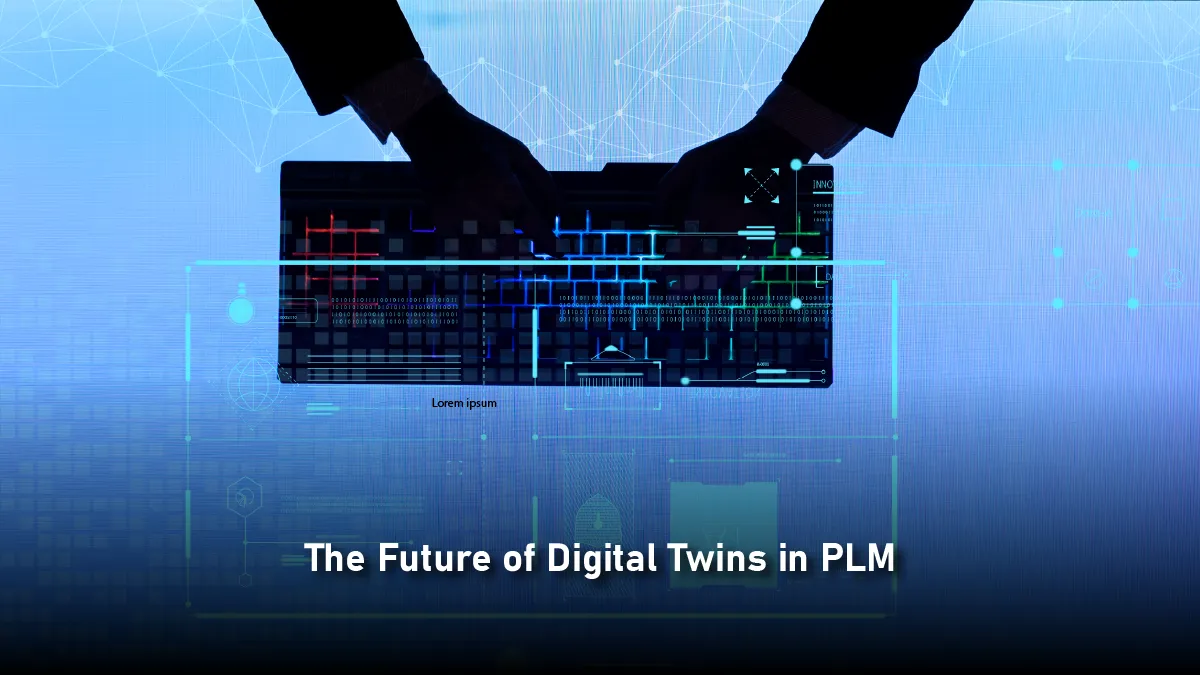
Digital twins will play an increasingly crucial role in PLM as technology advances. AI simulations, 5G, and edge computing will fuel their growth. This will lead to more advanced applications.
CIOs should note this: digital twins aren’t just a future idea. They are a strong tool that boosts innovation, efficiency, and sustainability. Using this technology in PLM strategies helps organizations succeed in the digital age.
In conclusion, digital twins are changing Product Lifecycle Management. They provide new visibility, agility, and value. For CIOs, the time to act is now. Investing in digital twins helps organizations succeed in the long run. They can create products that fit the changing needs of customers.
